Lifelong Learning is the New Business Imperative
The shelf life of a skill is shrinking by the minute, and the expectations of teams are growing. If your company isn’t building a positive culture of continuous learning, you’re not just missing an opportunity, you’re falling behind. Top performers and younger generations entering the workforce are looking for more. Business leaders must remain agile in strengthening their largest asset – the people that keep the company operating.
Ping-pong tables and coffee bars are watering hole perks often used to attract up-and-coming talent. While these have their place, we’re talking about building teams that grow, evolve, and bring fresh thinking to the table again and again. That starts with integrating learning into the way you do business.
In QA’s blog on why continuous learning is non-negotiable, it’s clear that successful companies treat learning as foundational and as a cultural cornerstone.
With AI, automation, and constant technological shifts, learning agility is now a key differentiator for employees and companies alike. Employers who invest in upskilling are building stronger teams while shaping future-ready organizations and communities. They’re also outpacing their competitors.
Here’s how to build a culture of lifelong learning company-wide and actually stick to it.
-
Start With a Transparent Growth Path Plan
One of the biggest obstacles to employee growth is uncertainty. When people don’t know where their role could lead or what it takes to get there, it’s easy to disengage.
A growth path plan or internal career roadmap lays out clear expectations and development opportunities at every level. Think of it as a professional GPS: it shows where they are, where they could go, and what turns they need to take. Companies develop product roadmaps and customer journeys; internal growth paths should be no different.
The document should be simple, transparent, and aligned with your company values. It should list positions at your company, areas of opportunity to advance, and a salary pay band. It should include details on the resources the company provides to support employees’ growth path if they are meeting objectives. This may include mentor opportunities, access to membership resources, training modules or certifications, and even education stipends.
Document it. Share it. Use it in one-on-ones and performance reviews. The more visibility people have into their future, the more they’ll invest in it.
Pro tip: QA notes that “career stagnation” is one of the top reasons people leave their jobs. Transparent paths to growth help eliminate that risk.
-
Build In-House Training That Goes Beyond the Basics
Upskilling shouldn’t be a once-a-year workshop. Ongoing internal training, whether role-specific or cross-functional, keeps your team sharp and aligned with business goals.
Offer a mix of:
- On-demand courses
- Lunch-and-learns hosted by internal experts
- Skill-sharing sessions between departments
According to Harvard Business Review, one of the most effective ways to reinforce learning is to align it directly with business needs, making learning a strategic advantage, not a side activity.
Not only does this create knowledge equity across your company, it also strengthens collaboration and retention.
-
Provide Access to Industry Tools & Memberships
Sometimes, the best learning happens outside your four walls. Give your team access to tools that connect them with the broader industry:
- Professional memberships (like SHRM, PMI, AICPA, etc.)
- Webinars from industry leaders
- Market insight platforms and trend reports
- Peer-led discussion groups and forums
These tools and methods are critical for “learning the flow of work”- offering insights that are relevant, timely, and immediately applicable.
Bonus: These resources are often more cost-effective and flexible than full-scale certifications, while still delivering high-impact learning.
-
Make Time for Learning—Literally
You can say you value learning, but if your team never has the time for it, the message won’t come true.
Encourage managers to carve out semi-regular “learning blocks.” That could mean:
- A dedicated hour every other week
- Monthly team-wide learning days
- Quarterly self-directed development plans
HBR reinforces this by pointing out that a learning culture “can’t just be aspirational”. Leaders must remove structural barriers and actively make space for growth.
-
Lead By Example
A learning culture doesn’t trickle up; it starts at the top. When leaders are transparent about what they’re learning, attending webinars, or encouraging curiosity, it gives teams permission to do the same.
From QA: Managers and executives who participate in development programs model a mindset of continuous improvement, which is contagious across teams.
Make learning a part of the company narrative, not just a checkbox in onboarding.
Why It Matters
Companies that prioritize learning build smarter teams and a more resilient business. You’re equipping your people to solve tomorrow’s problems, not just today’s tasks.
According to Harvard Business Review, companies with strong learning cultures are more adaptable, innovative, and better equipped to handle uncertainty – all key advantages in a volatile and evolving economy.
And in a world where roles, tools, and technologies evolve faster than ever, lifelong learning isn’t optional. It’s how you stay in the game.
Ready to Build a Culture of Learning?
Whether you’re growing a startup or scaling a mature team, investing in lifelong learning is one of the smartest moves you can make.
Need help finding talent that values growth as much as you do? Get in touch: we specialize in connecting companies with candidates who are always learning to move forward.

